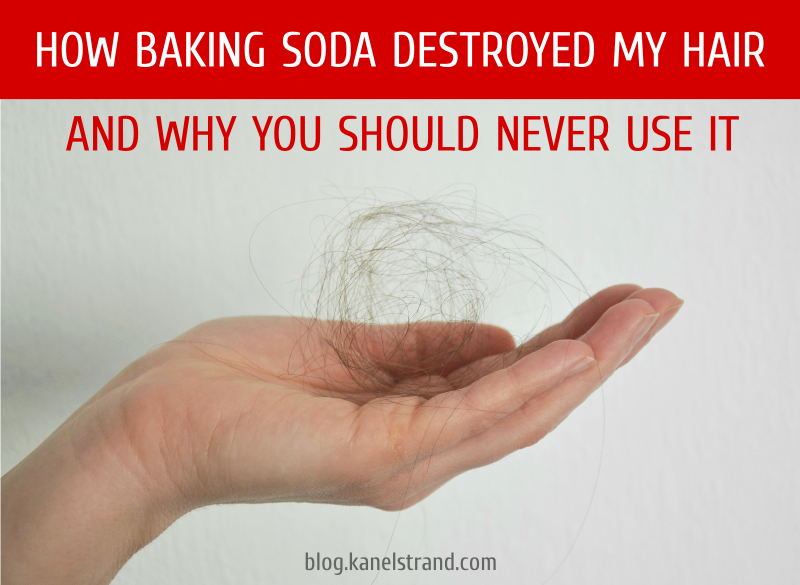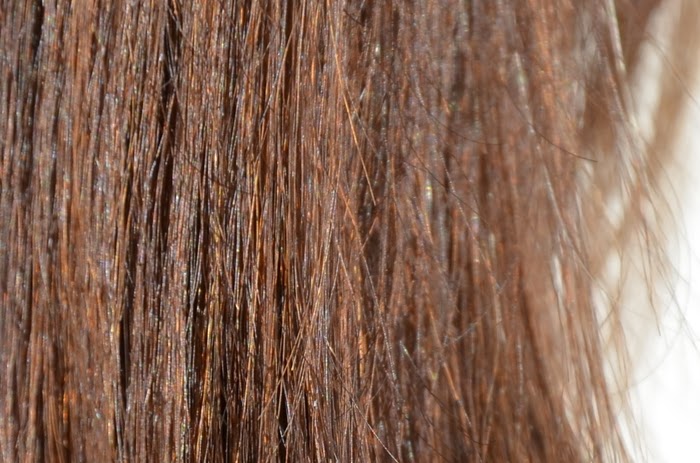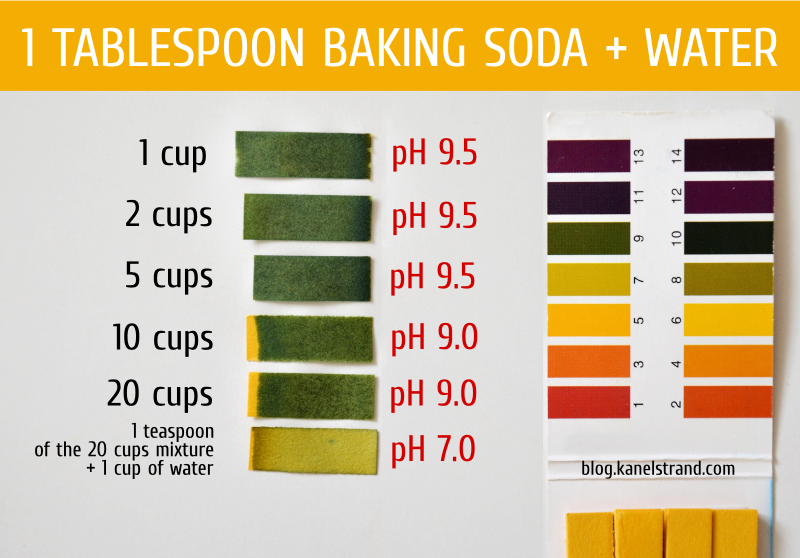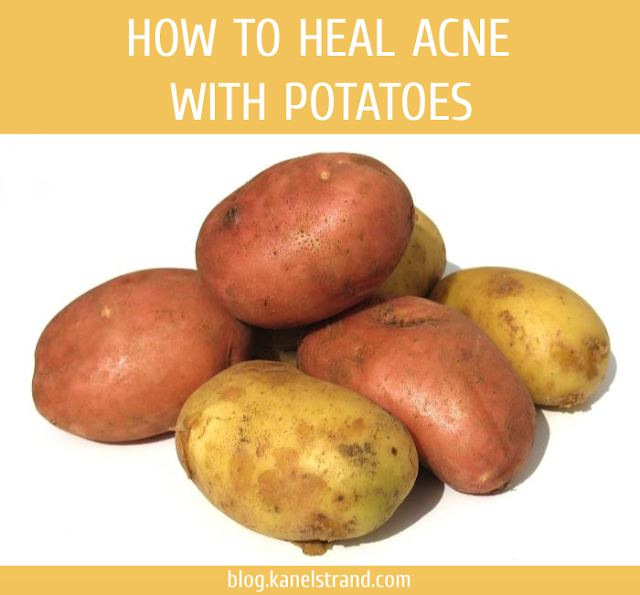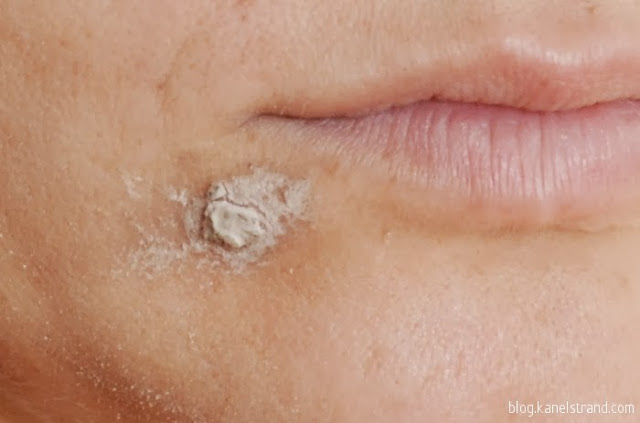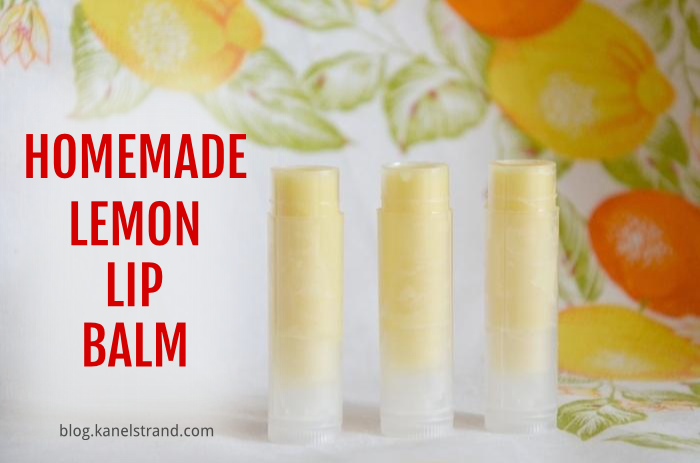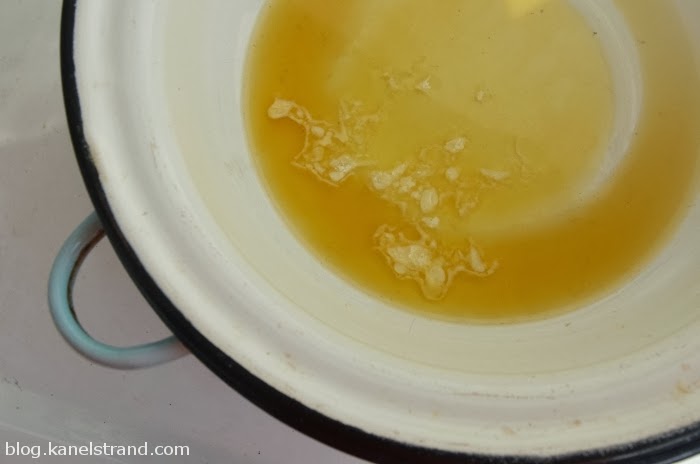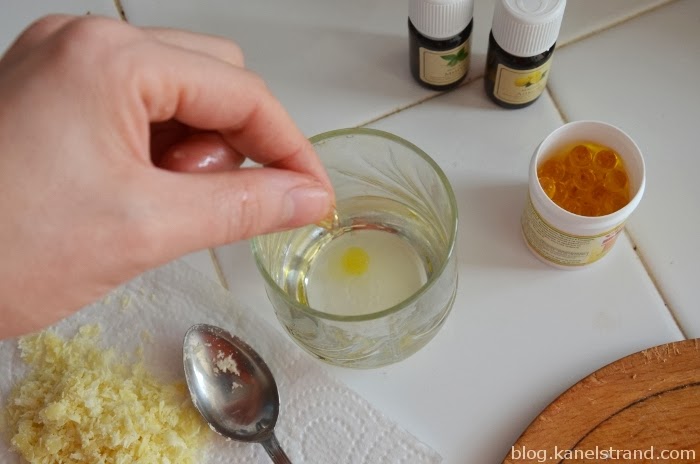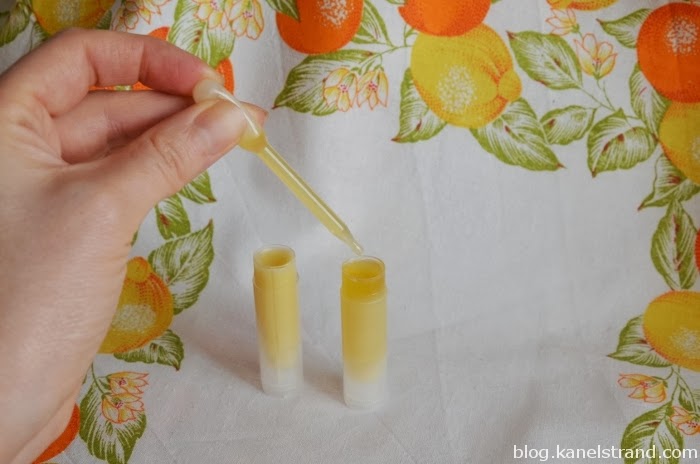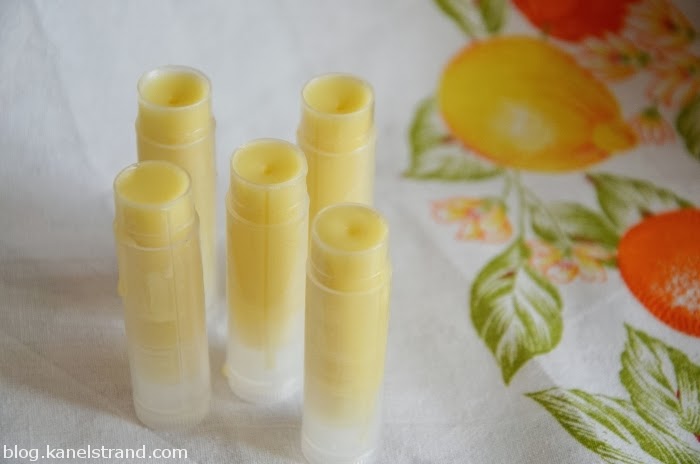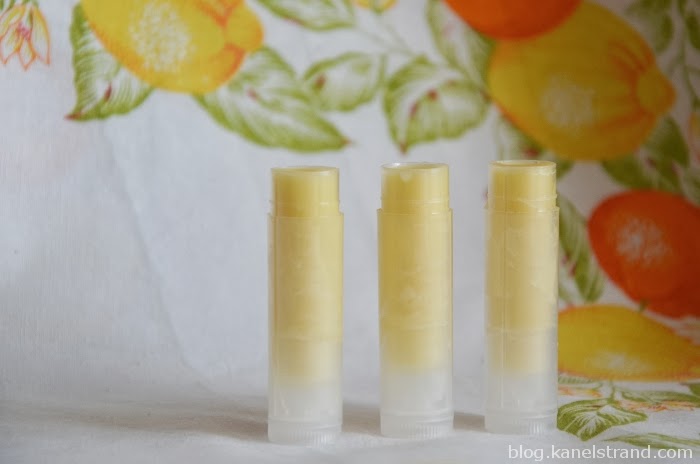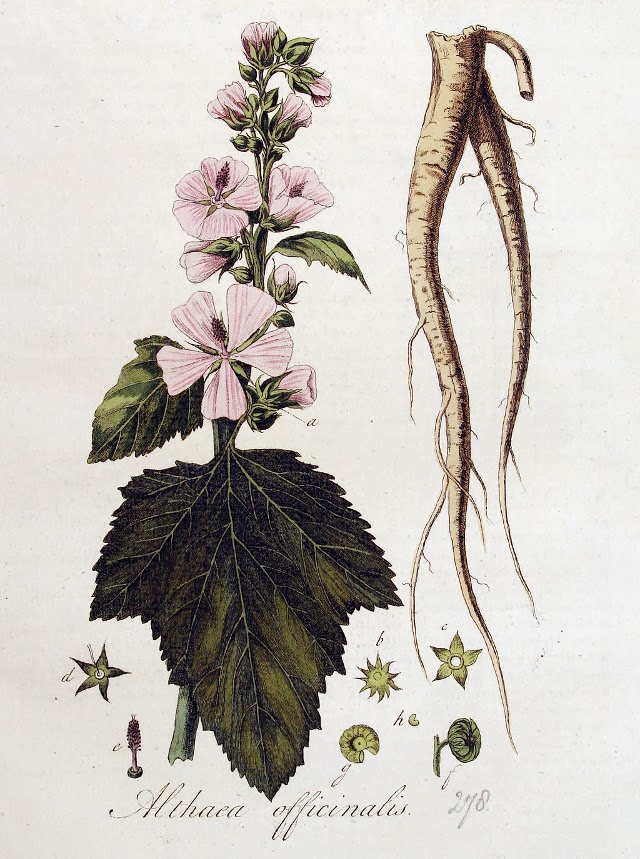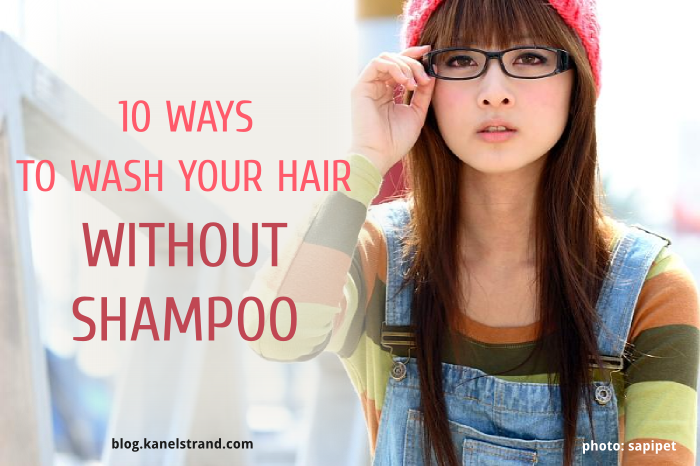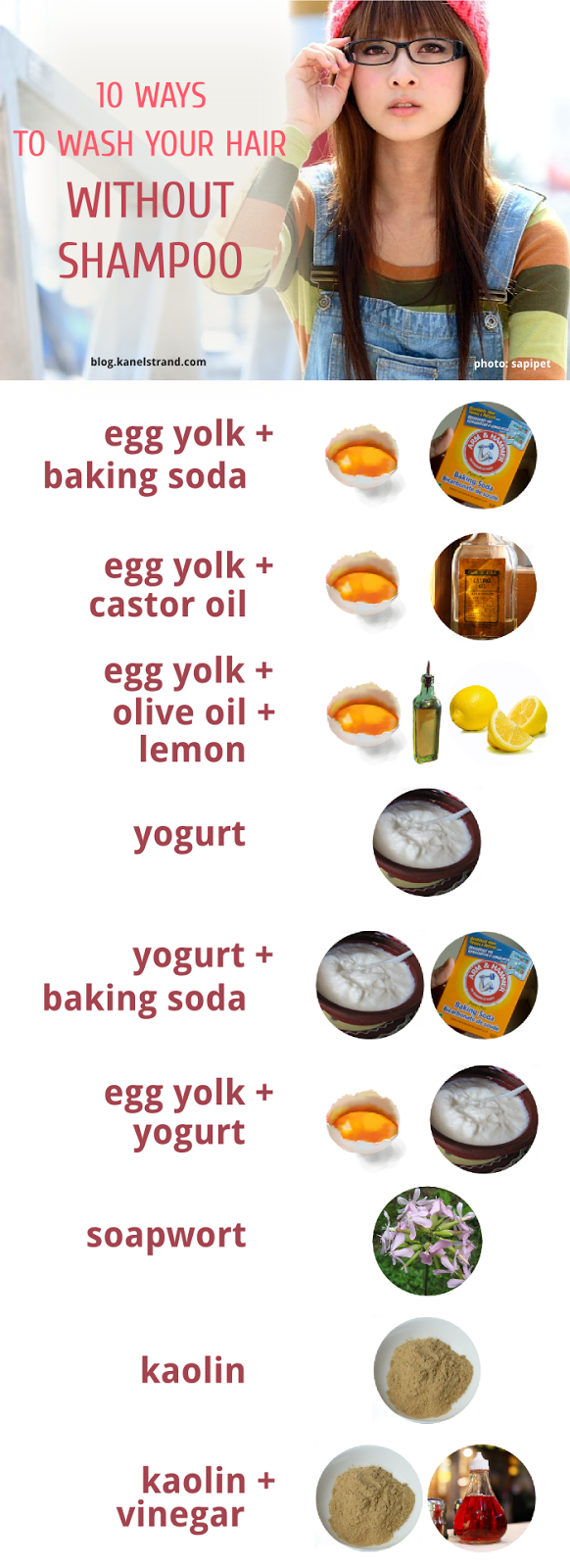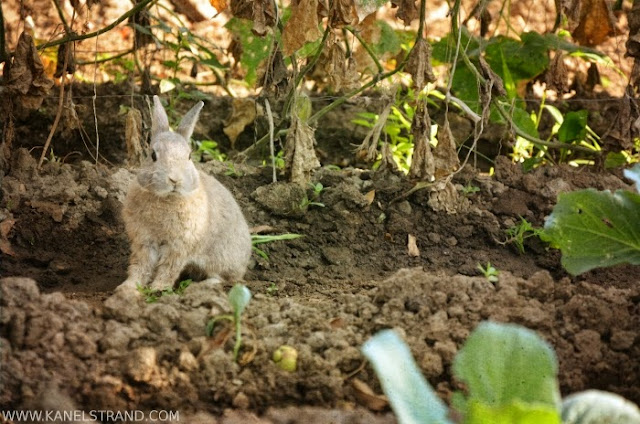I cannot believe I'm writing this but I think that baking soda destroyed my hair.
It all started around 3 years ago when I learned about the devastating toxic ingredients in commercial shampoos and conditioners. To say that I felt betrayed by the industry would be an understatement. I was disgusted by the reported effects of chemical additives such as Sodium Lauryl Sulphate, Sodium Laureth Sulphate, Fragrance, Cocamide... all of which are inevitably present in every commercial shampoo, even those advertised as natural.
The baking soda solution
I started using baking soda as a
no-poo shampoo and apple cider vinegar as a conditioning rinse. I have been washing my hair with that combo for almost three years. I felt my hair clean and I thought it was healthy until a few days ago when I saw it on this photo.
The baking soda disaster
Wait, this wasn't my healthy hair. It looked brittle and weak.
Lately I have noticed that I shed too many hairs but I somehow ignored that.
I thought that the split ends came as a result of the summer, the
seaside and the sun and so I had a refreshing haircut a month ago but
then, when I looked at my ends the other day, they were split again.
My hairs are so easy to break, I cannot believe my eyes.
I realized that I have dandruff but every time my husband noticed it I explained that it had just appeared because I hadn't washed my hair for too long...
Have I been looking at my hair through pink glasses for so long while vigorously advocating for no-pooing with baking soda?
The pH and why it is important for your hair
I started collecting information about using baking soda as a shampoo alternative from a chemical point of view. The more I researched the more often I read about how important the pH of the washing product is.
pH (potential of Hydrogen) is a measure of the acidity or alkalinity of a substance. pH is judged on a scale between 0 and 14. Anything with a pH less than 7 is acidic, 7 is neutral, and anything with a pH greater than 7 is alkaline.
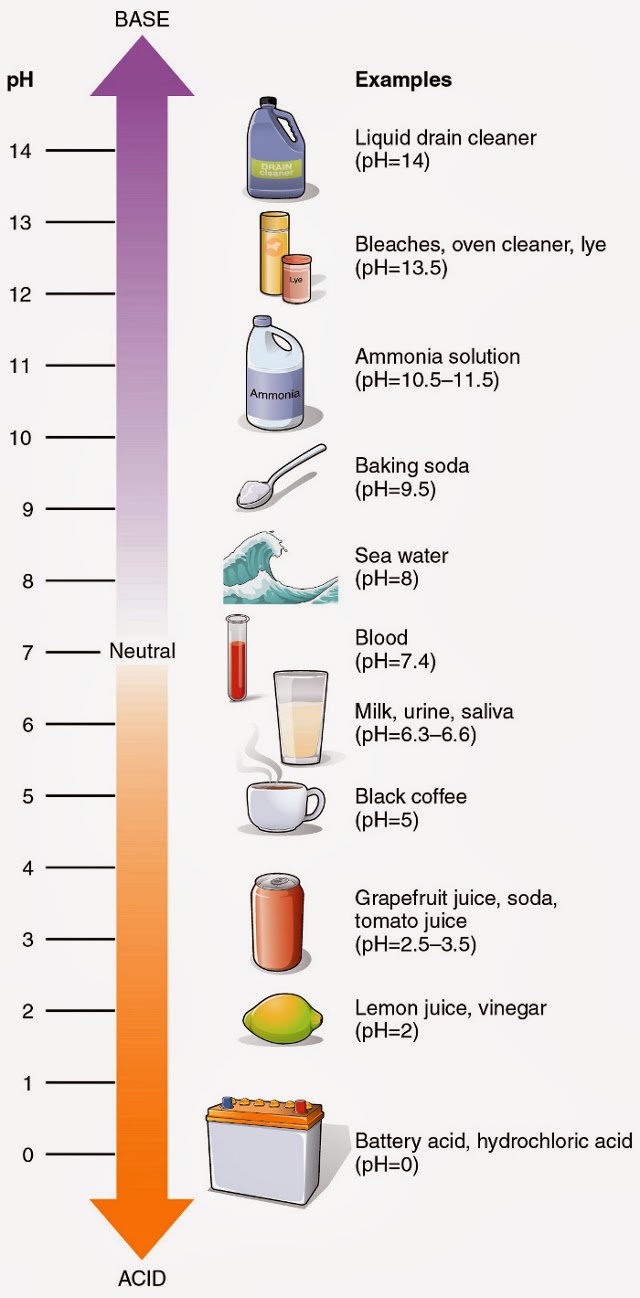 |
| Source: Anatomy & Physiology, Connexions Web site via Wikipedia |
Hair and skin are covered by a very thin fluid layer comprised of oil, salt and water, called the mantle, which is slightly acidic and has a pH balance of between
4.5 - 5.0.
The natural acidity of the hair and scalp prevents fungi and bacteria, and keeps the cuticle closed and healthy.
An inadequate hair product can disrupt the natural pH of the hair. If your haircare routine is too alkali your hair cuticles will stay open and your hair will be dry and brittle. But if you use pH balanced products, i.e. ones that are close to the natural pH of the hair (4.5 - 5.0) your hair cuticles will close properly which will result in healthy shiny hair.
The no-poo case of baking soda and vinegar
Hair has a pH of 4.5 to 5.0 - it is slightly acidic.
Baking soda has a pH of 9.5, which is extremely alkali.
Apple cider vinegar has a pH of 3.0 - 4.0 if diluted, a bit more acidic than hair.
For a healthy and nourished hair, you need to use hair products with balanced pH, i.e. close to the pH of your hair, so we're looking into hair products with a pH of 4.5 to 5.0.
What happens when you wash your hair with baking soda?
You dilute a tablespoon of baking soda (pH 9.5) in a cup of water (pH 7).
Now, here is the shock to all baking-soda advocates (me included). This is also a shout-out to those who claim that the key to proper no-pooing with baking soda is in the amount of water and we should dilute, dilute, dilute.
To make things easier to grasp, here are the photos I took while experimenting with my litmus papers.
Let me explain:
1 tbsp. baking soda diluted in 1 cup of water (300 ml = 0.60 pt) has a pH of 9.5. This is extremely high to use on hair and scalp, having in mind that their natural pH ranges between pH 4.5 and 5.0 - 5.5.
Based on all I've been reading by people who wash their hair with baking soda in the past 3 years, if I dilute 1 tbsp. in 2 cups of water, the pH should go down. BUT IT DOESN'T. The pH remains 9.5 until I dilute 1 tbsp. baking soda in 10 cups of water and then again, it is way to alkali to use on the hair.
Again, there is no difference between 10 and 20 cups of water, the pH of the mixture is 9.0
Only when I dilute 1 tsp. of the mixture (consisting of 1 tbsp. baking soda and 20 cups of water) in 1 cup of water, the pH gets down to pH 7.0 -- again, extremely alkali for use on hair, even if it is followed by ACV rinse.
I am devastated by the results. But most of all I am disappointed by myself for believing people who knew close to nothing regarding the chemical side of this "experiment".
You can clearly see that the color of the litmus papers practically doesn't change regardless of the dilution. Even diluted in 20 cups of water, a tablespoon of baking soda is too alkali to be a
healthy cleaning agent for hair. To get a neutral mixture of baking soda and water (pH 7) you need to dilute 1 tbsp. baking soda in 20 cups of water, then take 1 tsp. of the mixture and dilute it in 1 cup of water.
By washing my hair with baking soda twice a week for the past 3 years I have pretty much put it through the chemical process of dyeing. Twice a week.
Here is how the process goes:
The extremely alkali baking soda opens up the hair cuticle, if it is not closed by using an acidic substance,
the hair will look frizzy, dry, and brittle and will be prone to breakage and tangling. That is why, we, baking soda aficionados use something acidic, like apple cider vinegar, which neutralizes the
effect of the alkali baking soda and closes the hair cuticle.
And we think that is enough. We open and then we close.
BUT as one reader of
Thank Your Body put it quite correctly
Forcing your hair to go up to pH 9.5 (with baking soda) and then forcing it back down to pH
4.5 - 5.0 (with ACV) in a short period of time makes it extremely vulnerable.
This is a very damaging process which is not healthy for the hair and scalp.
Extremely alkaline solutions like baking soda cause the disulfide bonds between keratin
protein molecules to break down and can eventually dissolve the protein
completely resulting in a very damaged hair. Highly alkaline solutions such as baking soda make your hair soft and manageable BUT that is really the
disulfide bonds in your internal hair structure being weakened by the
alkaline solution.
But we've all heard that baking soda helps regulate pH, why should it be considered damaging?
According to Future Derm:
Yes, it is true that baking soda helps regulate pH — keeping a substance
neither too acidic nor too alkaline. When baking soda comes in contact
with either an acidic or an alkaline substance, its effect is to
neutralize that pH. However, as any cosmetic chemist can tell you, this
effect occurs when baking soda is in solution with other chemicals. When
baking soda is in water alone, guess what the pH of the solution is?
You guessed it: A very basic 9, much more alkaline than plain ol' water.
pH balanced treatment = healthy hair
What you need to do if you want healthy and strong hair is to use hair products with balanced pH close to the natural pH of our hair and scalp, i.e. pH 4.5 - 5.0.
Putting your hair through roller-coaster extremes like those of baking soda and vinegar is more damaging than you realize. Until it is too late.
Don't wait for years like me. Because now my hair is in deep trouble.
Baking soda, which I used twice a week for almost 3 years is too abrasive and alkali and although it made my hair look soft and clean, it stripped my hair cuticles of the necessary oils and made it thin and brittle.
Now what?
I am starting a quest to find the best no-poo alternatives to baking soda. I want my healthy hair back without the help of chemicals disguised as shampoos. I will continue using apple cider vinegar as a rinse to keep my hair cuticles closed and healthy but, armed with my litmus papers I am off experimenting with natural shampoos and keeping you updated on what I find.
If you want me to test a natural shampoo recipe you know, post the link to it in the comments.
Update: Here is a growing collection of links to the results of testing some baking soda alternatives (bookmark this page or follow me on
Google Plus to be updated when new recipes are tested out):
Homemade rye flour shampoo (works much better than baking soda)!
Coconut milk + aloe vera shampoo (for dry hair)
My post triggered a very interesting discussion on
reddit (find it here) and one user shared her chemical calculations confirming my findings, regarding the pH of 1 tbsp baking soda diluted in 1 cup of water. Even if you're not a chemistry genius, you might want to take a look and read her conclusions
here.
Resources:
http://www.curlynikki.com/2013/09/ph-and-natural-hair-what-you-need-to.html
http://empoweredsustenance.com/no-poo-method-damages-hair/
http://www.hairfinder.com/hair/hair-ph-level.htm
http://en.wikipedia.org/wiki/PH
http://www.futurederm.com/2012/06/20/3-reasons-why-baking-soda-and-apple-cider-vinegar-destroy-your-hair-and-what-to-use-instead/
http://www.wikihow.com/Balance-pH-in-Hair-Naturally
http://www.thankyourbody.com/all-natural-shampoo/
This post is shared here:
Motivation Monday


